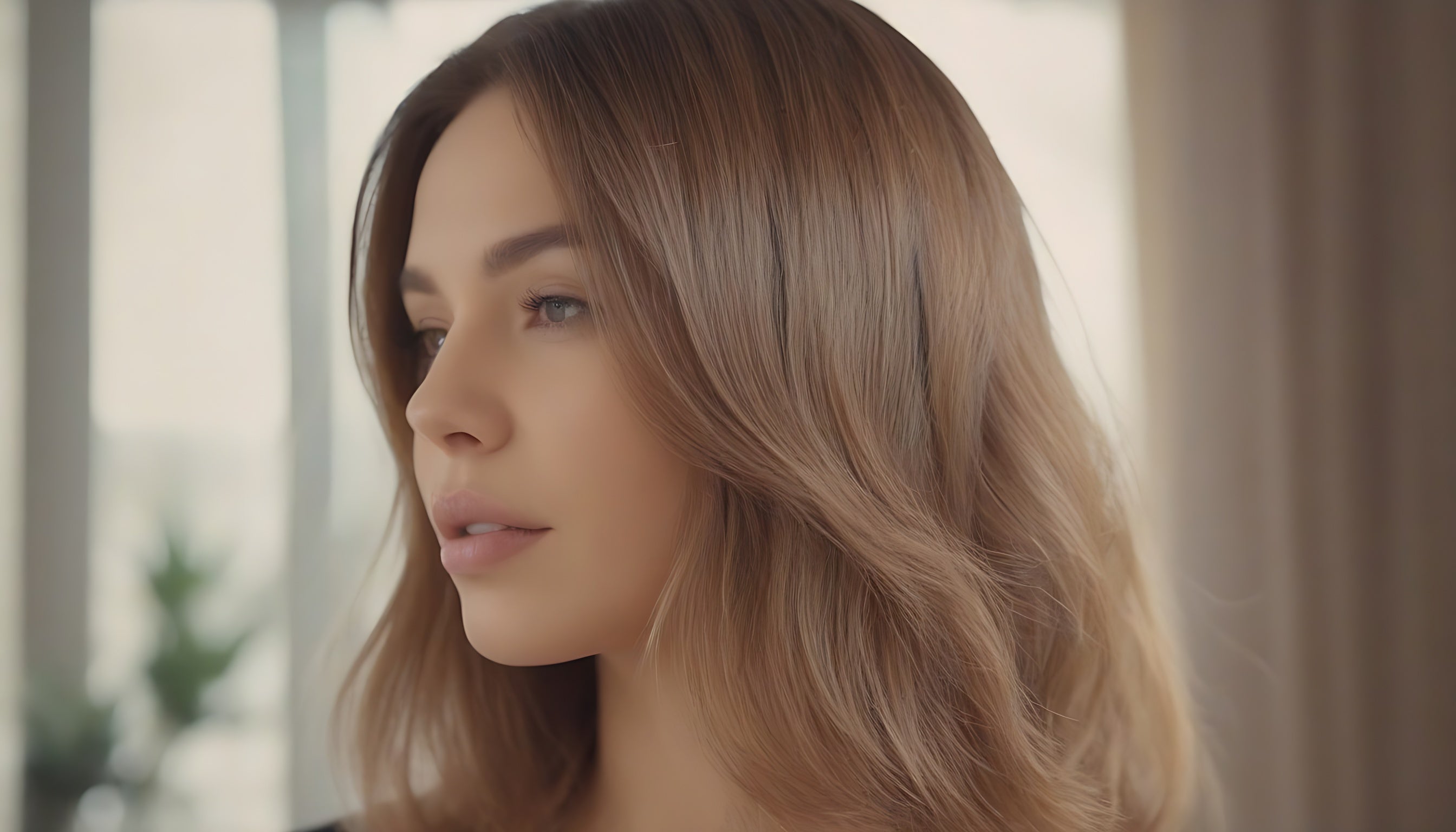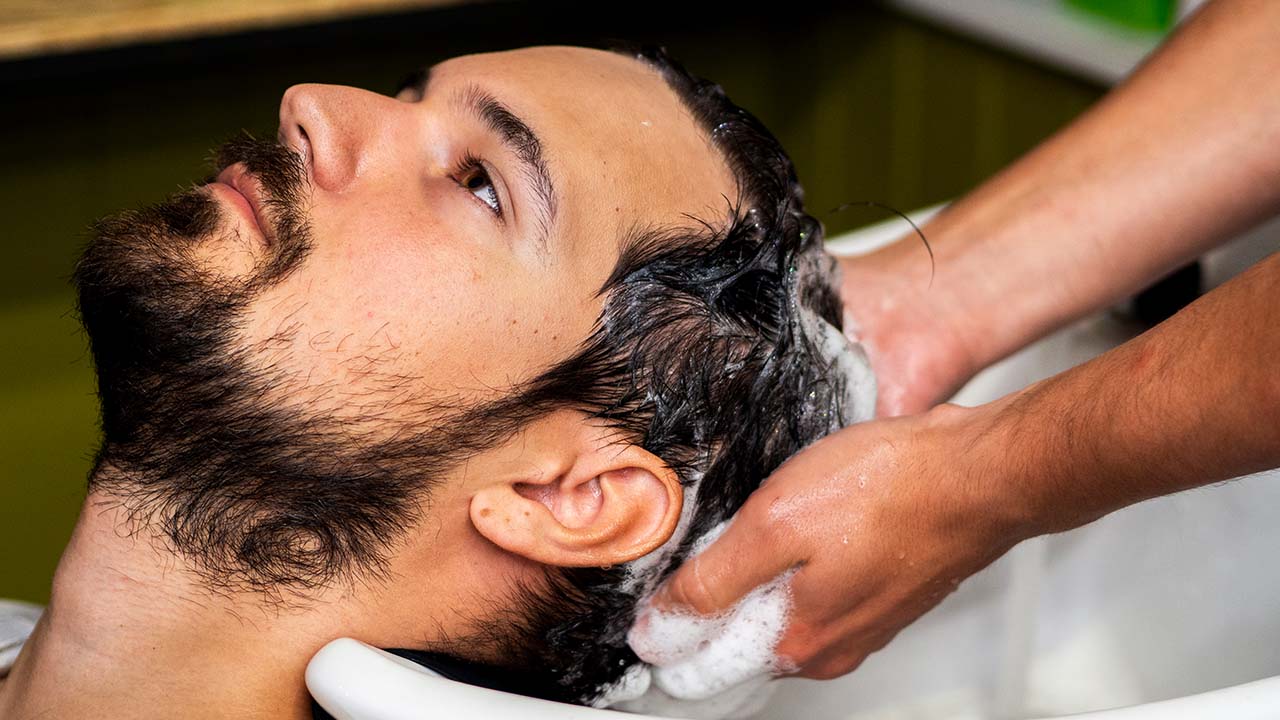The Best Daily Hair Care Tips for All Hair Types
Maintaining healthy, vibrant hair is a goal many strive for. Finding the right routine, however, can feel overwhelming with the sheer volume of products and advice available. At hairy.cartlab.web.id, we understand this struggle and are dedicated to providing you with the knowledge and resources to achieve your hair goals. This comprehensive guide will delve into the best daily hair care tips, tailored to suit all hair types, from fine and straight to thick and curly. We’ll explore the fundamentals of healthy hair maintenance, offering practical advice you can incorporate into your daily routine to see noticeable improvements in your hair’s health and appearance. Ultimately, achieving beautiful hair is about understanding your hair’s unique needs and providing it with the care it deserves.
Understanding your hair type is the first crucial step. Whether you have fine, straight hair, thick, curly hair, or something in between, each type has specific needs that require tailored care. Ignoring these needs can lead to damage, dryness, breakage, and overall lackluster appearance. This guide will help you identify your hair type and then provide specific recommendations for each. Remember, consistency is key. Adopting a daily hair care routine and sticking to it will yield the best results over time.
This article aims to be your ultimate resource for achieving healthy, beautiful hair. We’ll cover everything from proper washing techniques to choosing the right products and styling tools. By the end, you’ll have a clear understanding of how to create a personalized daily hair care routine that will leave your hair looking and feeling its best.

Understanding Your Hair Type and its Needs

Before diving into specific tips, it’s crucial to understand your hair type. Hair types are generally categorized by texture (straight, wavy, curly, coily) and thickness (fine, medium, thick). Knowing your hair type allows you to choose the right products and techniques to optimize its health and appearance.
- Straight Hair: Often fine to medium in thickness, straight hair can be prone to oiliness at the roots and can appear limp. Focus on volumizing products and techniques.
- Wavy Hair: This hair type can be tricky, often prone to frizz and dryness. Hydration is key, and using the right products to define waves is essential.
- Curly Hair: Curly hair is typically drier than other hair types, prone to breakage and frizz. Deep conditioning and moisturizing products are crucial.
- Coily Hair: This hair type is the most prone to dryness and breakage. Gentle handling, moisturizing products, and protective styling are essential.
Understanding your hair’s thickness is also crucial. Fine hair requires lightweight products to avoid weighing it down, while thick hair benefits from heavier products to manage its volume.
The Importance of a Gentle Cleansing Routine

Washing your hair correctly is fundamental to maintaining its health. Harsh shampoos and aggressive scrubbing can strip your hair of its natural oils, leading to dryness, breakage, and damage.
- Choose the Right Shampoo: Opt for a sulfate-free shampoo tailored to your hair type. Sulfates are harsh detergents that can strip your hair of its natural oils. Look for shampoos that are moisturizing, hydrating, or volumizing, depending on your hair’s needs.
- Don’t Wash Too Often: Over-washing can strip your hair of its natural oils, leading to dryness and damage. How often you wash depends on your hair type; those with oily hair may need to wash daily, while those with dry hair might only need to wash every 2-3 days.
- Gentle Massage: When washing, gently massage your scalp with your fingertips, avoiding harsh scrubbing. This stimulates blood flow and helps remove dirt and product buildup without damaging your hair.
- Thorough Rinsing: Ensure you rinse your hair thoroughly to remove all traces of shampoo. Residual shampoo can leave your hair looking dull and weighed down.
Remember to condition your hair after every wash. Conditioner helps to replenish moisture, smooth the hair cuticle, and improve manageability.
Conditioning: The Key to Hydrated and Healthy Hair

Conditioning is just as important as shampooing, if not more so, especially for those with dry or damaged hair. It replenishes moisture, detangles, and protects your hair from further damage.
- Choose the Right Conditioner: Select a conditioner that addresses your hair’s specific needs. Look for moisturizing conditioners for dry hair, volumizing conditioners for fine hair, and smoothing conditioners for frizzy hair.
- Deep Conditioning: Incorporate deep conditioning treatments into your routine once or twice a week. These treatments provide intense hydration and repair damage. Consider using a hair mask or leave-in conditioner for extra nourishment.
- Detangling: Use a wide-tooth comb or your fingers to gently detangle your hair while the conditioner is still in. This prevents breakage and makes combing easier.
- Leave-in Conditioners: For extra hydration and protection, consider using a leave-in conditioner after washing and conditioning. These products help to detangle, smooth, and protect your hair throughout the day.
Styling Techniques for Healthy Hair

How you style your hair plays a significant role in its overall health. Harsh styling techniques and heat can cause damage, breakage, and frizz.
- Air Drying: Whenever possible, allow your hair to air dry. This minimizes heat damage and keeps your hair healthier.
- Heat Protection: If you must use heat styling tools, always apply a heat protectant spray beforehand. This creates a barrier between your hair and the heat, reducing damage.
- Gentle Handling: Avoid harsh brushing or tugging, especially when your hair is wet. Wet hair is more susceptible to breakage.
- Protective Styles: Consider protective hairstyles like braids or buns, especially if you have long or fragile hair. These styles minimize manipulation and reduce breakage. If you’re looking for volume in short hair, check out our tips on tips to style short hair for volume.
Nutrition and Lifestyle for Healthy Hair

Your overall health and lifestyle choices significantly impact the health of your hair. A balanced diet, proper hydration, and stress management are crucial for promoting healthy hair growth.
- Balanced Diet: Eat a diet rich in protein, vitamins, and minerals. Protein is a building block of hair, while vitamins and minerals contribute to its overall health and growth.
- Hydration: Drink plenty of water throughout the day to keep your hair and body hydrated. Dehydration can lead to dry, brittle hair.
- Stress Management: Stress can negatively impact hair health, leading to hair loss and breakage. Practice stress-reducing techniques like exercise, yoga, or meditation.
- Sleep: Getting enough sleep is crucial for overall health, including hair health. Aim for 7-8 hours of quality sleep per night.
For those looking to experiment with hair color, you might find our guide on the best blonde shades for 2024 helpful. Choosing the right shade and caring for color-treated hair is essential for maintaining its health and vibrancy. And if you’re unsure what hairstyle best suits your face shape, we have a guide on the best 10 hairstyles for oval face shapes that might be of interest.
Conclusion
Achieving the best daily hair care tips for all hair types requires understanding your hair’s unique needs and implementing a consistent routine. By following the tips outlined in this guide, you can significantly improve your hair’s health, shine, and overall appearance. Remember to be patient and consistent – results take time. For more detailed information and personalized advice, visit The Best Daily Hair Care Tips for All Hair Types. Your journey to healthy, beautiful hair starts now!
(External Authority Links - Remember to replace these with actual relevant and authoritative links):
- American Academy of Dermatology Association on hair care: [Insert Link Here]
- National Institutes of Health on hair loss: [Insert Link Here]
- A reputable hair care product review site: [Insert Link Here]





Comments